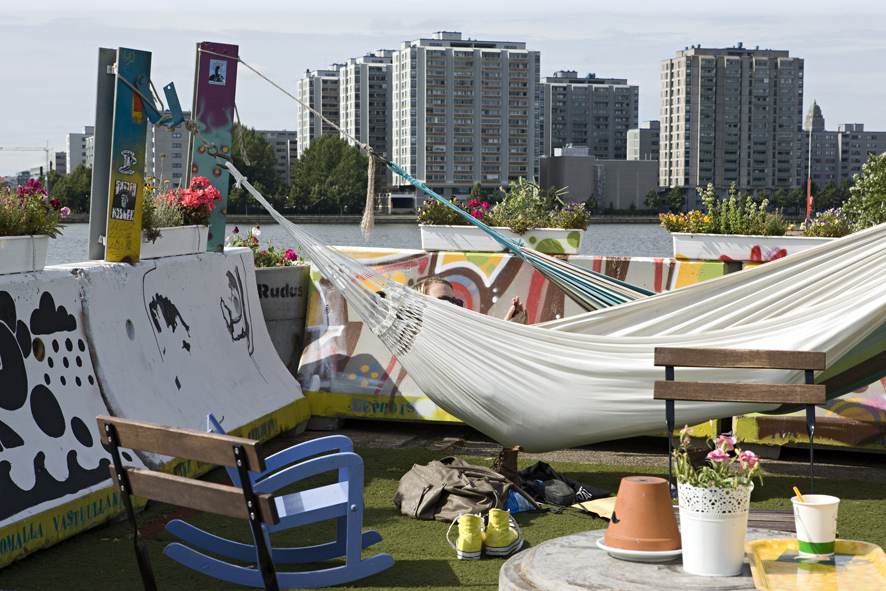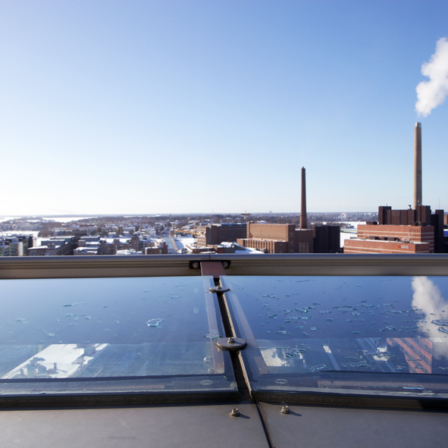In all probability, most cities in Finland will act more wisely in the future: consuming fewer natural resources in the face of the dwindling supply and rising prices of raw materials, and the resulting unpredictable costs. Factories, power plants, households and transport will all be low-carbon, because climate change will have forced the government and cities to take drastic action to reduce greenhouse gas emissions.
However, such changes do not have to mean compromising on well-being – quite the opposite. Resource wisdom means being able to reduce emissions and the consumption of natural resources, while actually improving the perceived well-being of the residents in a given region. Taking account of environmental considerations will lead us into making choices that improve people’s feeling of well-being and encourage societies to act within the Earth’s carrying capacity. It will also allow future generations the opportunity to lead rich and fulfilling lives.
But how can a city become resource-wise?
To be classified as resource wise, a city must meet the criteria laid out in the three following areas:
Follow these links for more information on the resource wisdom criteria.




Recommended